




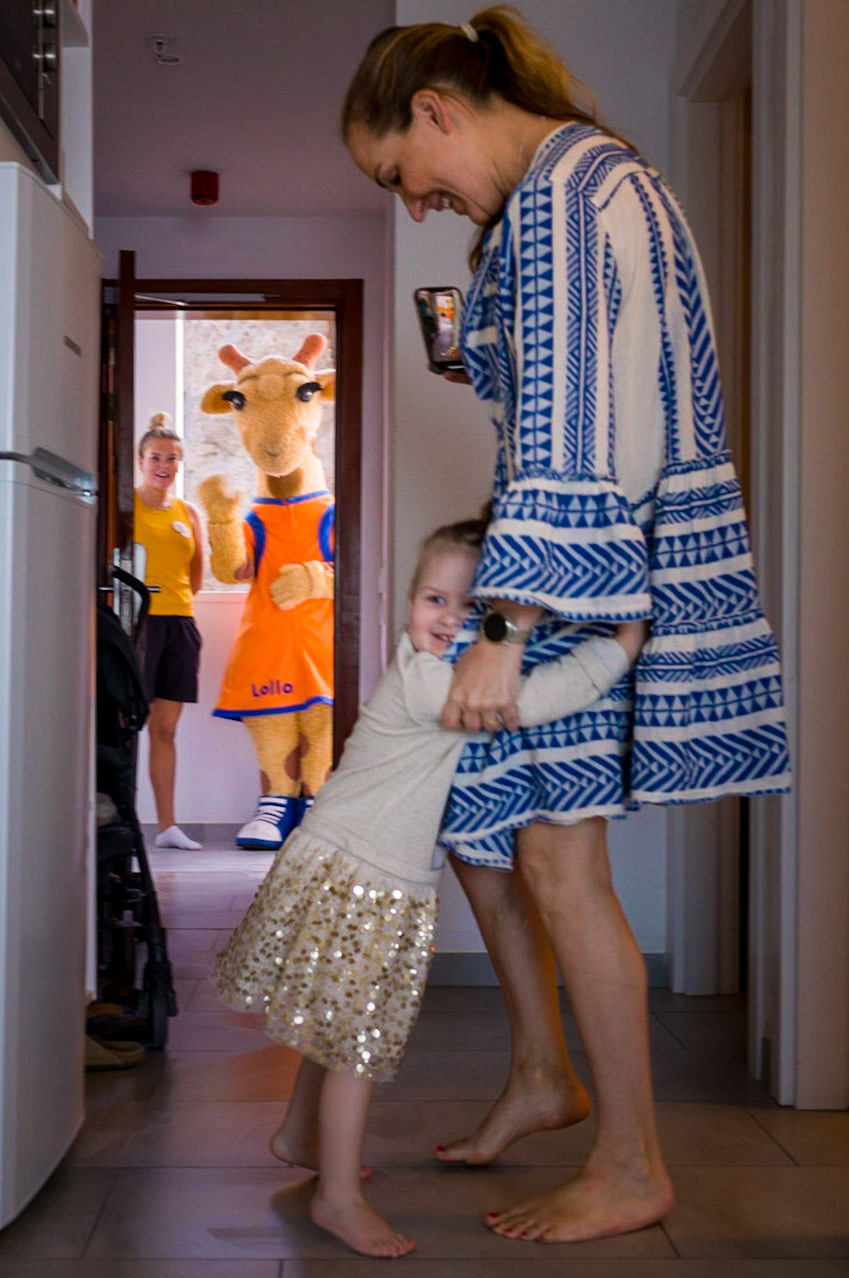




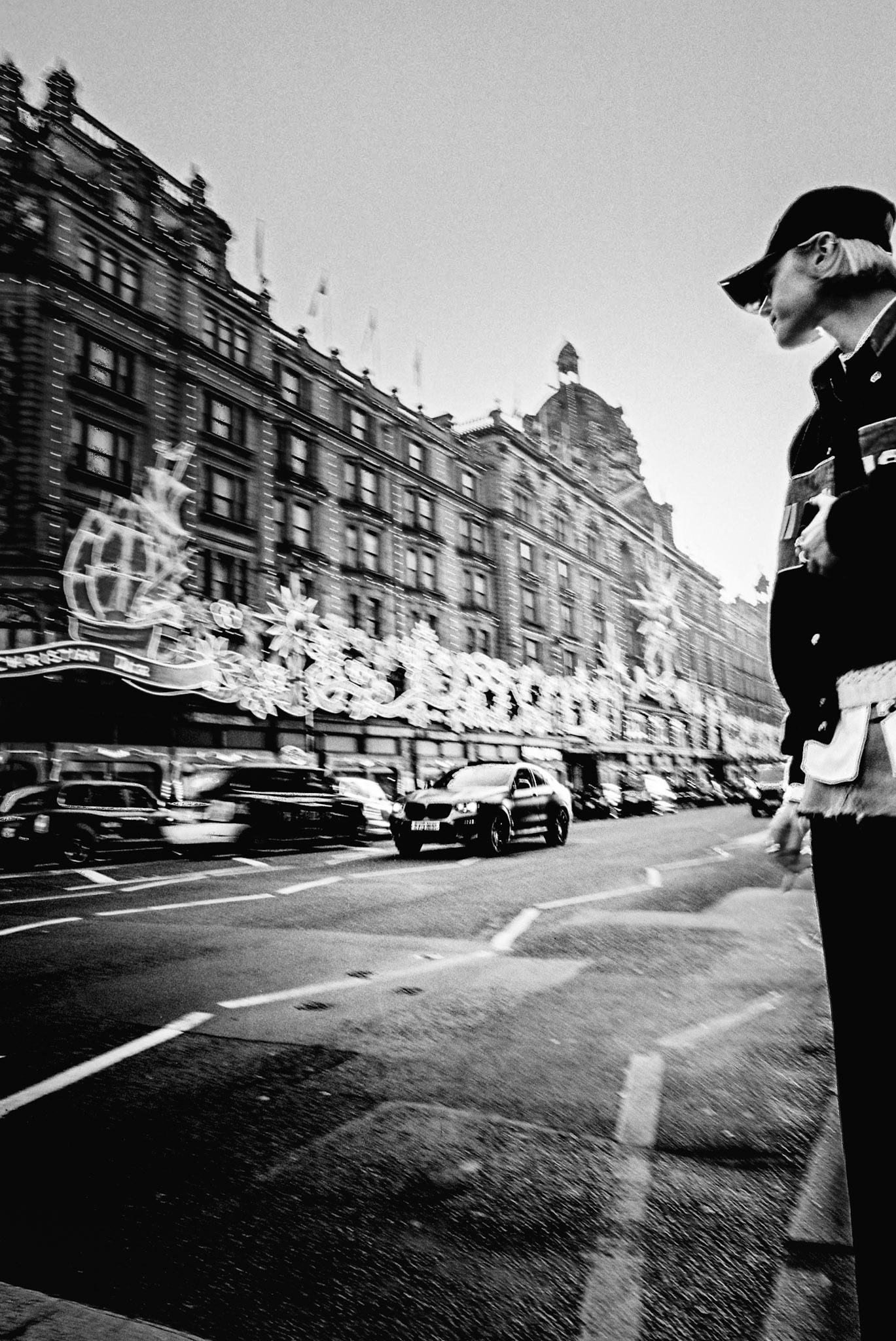

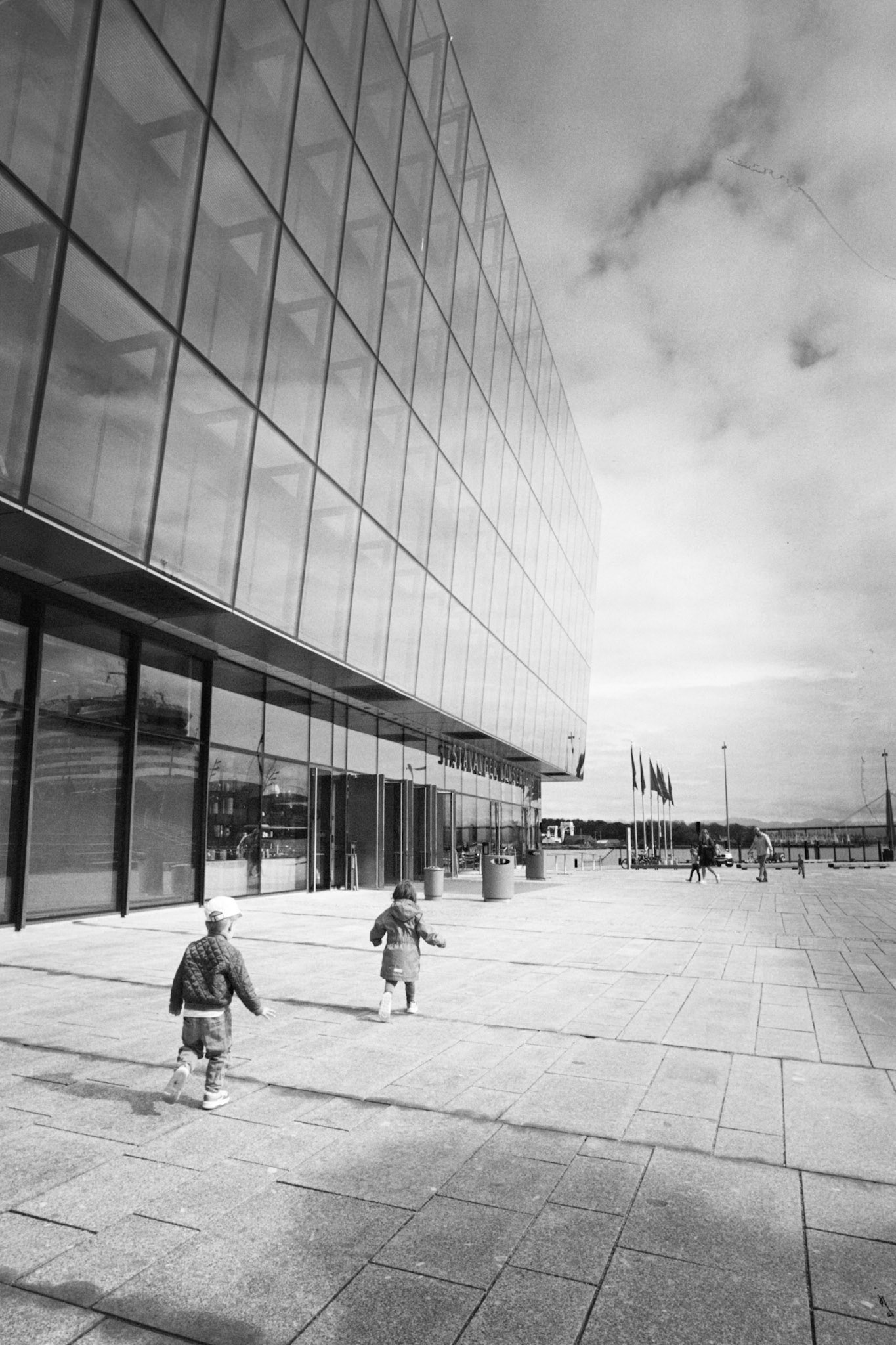
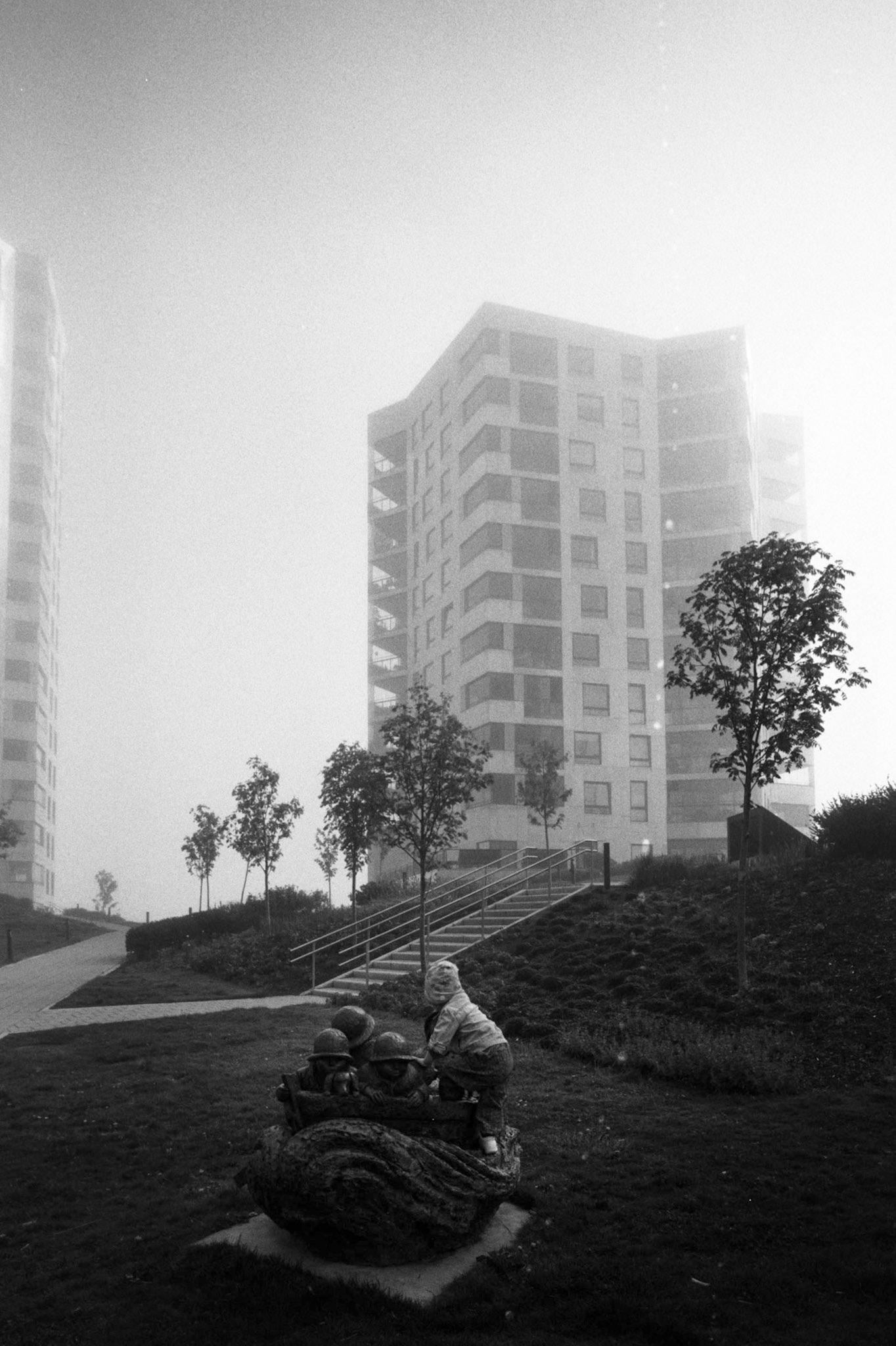
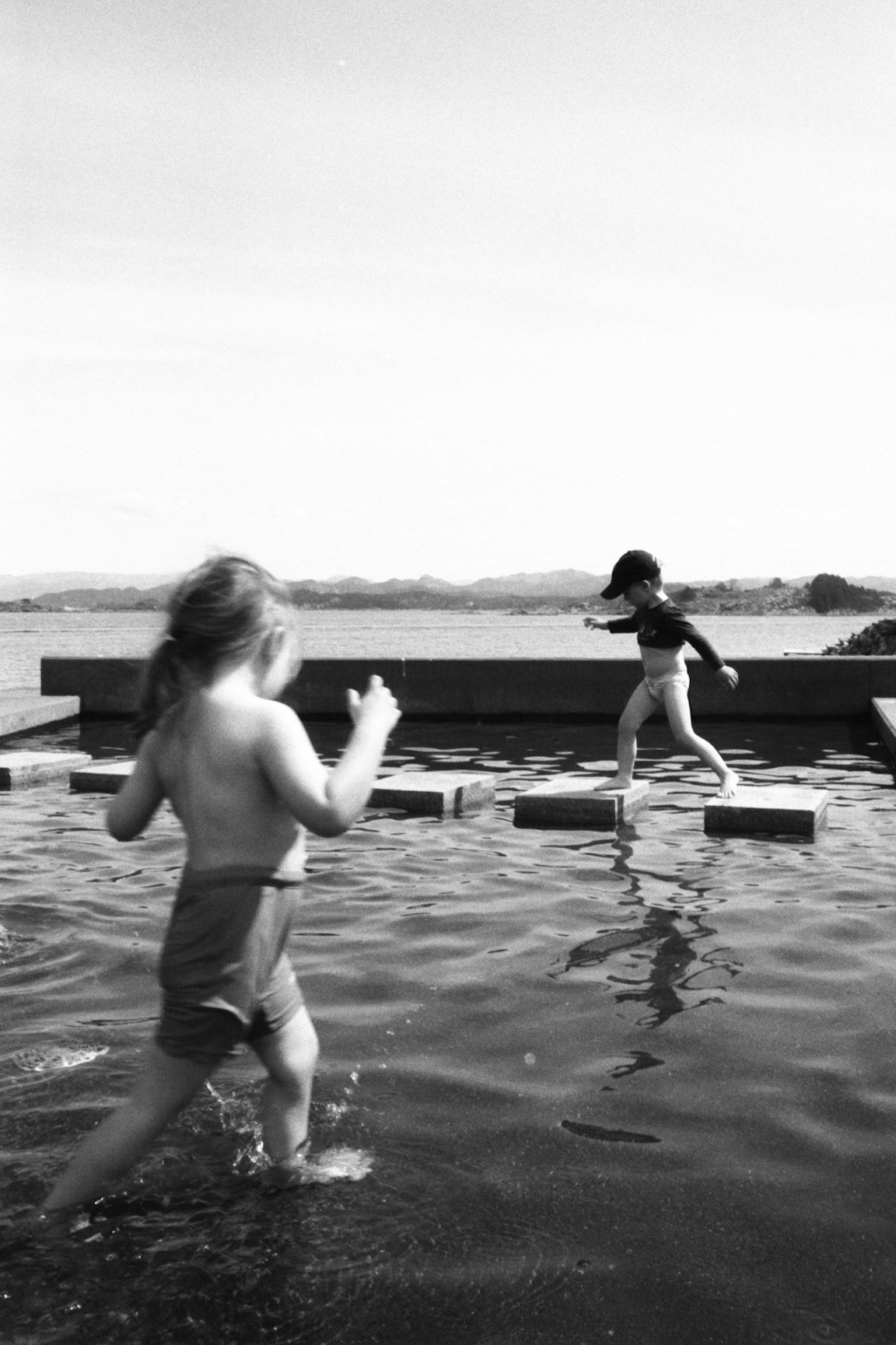
Back to basics with the 21mm Super-Elmar-M ASPH f/3.4 The Leica super wide angle lenses are known for having very little or no distortion. The 21mm Super-Elmar-M ASPH f/3.4 is the "remake" of the Leica 21mm Super-Angulon-M f/3.4 lens that I have used quite a bit, but which is not suitable for digital cameras (covers the light meter and the corners tend to get dark and odd colors). The previous 21mm Super-Angulon-M f/3.4 was made for film cameras and in the modern digital Leica rangefinders one will see that the lens extrudes so far back into the body that is shadows for the lightmeter. Further, the previous model has very strong color abbaration in the corners. So it is a relief the redesigned new 21mm f/3.4 is out as a compact and fairly economical. The 21mm Super-Elmar-M ASPH f/3.4 is in the same quality range as the 35mm Summilux-M ASPH f/1.4 FLE (FLoating Elements) in terms of color accuracy, contrast and crisp sharppness. So it's a very good lens. One of the things I liked about my old Leica 21mm Super-Angulon-M f/3.4 was the fact that a super wide lens with a f/3.4 opening is sharp almost from near-focus to infinity. The same goes for the new Leica 21mm Super-Elmar-M ASPH f/3.4. If you tilt a wide angle lens, the lines wil tilt in the photograph. It can be very dramatic as a desired effect. For me, I prefer straight lines and I get those by holding the camera upright vertical. This way all lines are straight. But the f/3.4 basically allow you to set the lens focus to for example 4 feet (1.2 meters) and you will see on the depth of field scale on top of the lens that everything from (3 feet) 90 centimeters to infinity will be in focus. This allow you to point the camera at some subject and simply shoot. It will be in focus, so all you have to pay attention to is that the camera is straight, and the exposure. That's how I did the photos above from Cambridge Univsersity (because you are not allowed to take pictures inside). How to get correct exposure with a super wide lens The Leica M9, Leica M Monochrom, the Leica M 240 and the Leica M 246 Monochrom all uses Classic metering, which means that the lightmeter in the camera base the exposure on an oval about 1/3 of the center of the sensor. It's very easy to use the light metering with 50mm lenses and so on and get it right. With a wide angle lens you should notice that you often will get the sky (which is usually much brighter than everything else) as part of the 1/3 of the center of the sensor, simply because the lens see so wide. This is how and why the light meter will pick up bright light and underexpose the real center of intersti in the photo. So jut keep an eye on that. Tilt the camera slightly down or away from the strong light source, press the shutter release half down to lock the exposure reading, then recompuse and press the shutter.














